A group of students from Ho Chi Minh City University of Food Industry created table salt from squid bones with the same saltiness, but the sodium content is only 1/3 compared to regular salt.
In 2022, Ngo Tran Thuy Vy, Tran Hong Anh, Duong Thi Cam Thoa, Nguyen Le Thu Thuy, and Huynh Thi Anh Sang (Faculty of Food Technology) built a process to create salt from squid bone on a laboratory scale.
The group collected the cuttlefish bones, washed them, dried them, ground them, and optimized the extraction process with water. The extract was concentrated and then dried again to obtain the finished salt product.
In addition to sodium, squid bone also contains other salty minerals such as potassium, calcium, magnesium, phosphorus... In particular, squid bone contains glutamic acid which can create a sweet aftertaste for salt, similar to traditional seasonings.
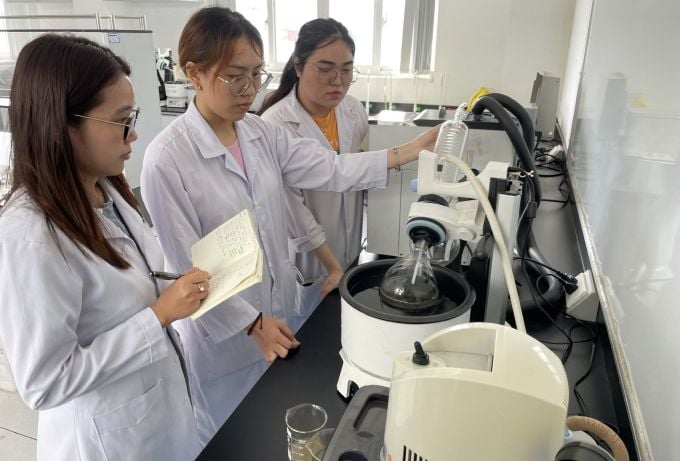
Thuy Vy (left) and group members at the school's food technology laboratory. Photo: Ha An
The reason the group sought to create salt from cuttlefish bones was because Vy had previously worked in the nutrition department of a large hospital in Ho Chi Minh City, observing patients with high blood pressure who had to follow a low-salt diet. Eating bland food makes them feel unappetizing, difficult to finish their meal, and at risk of malnutrition. Scientific reports show that Vietnamese people and many other countries consume 10 grams of salt a day, twice as much as recommended by health authorities. This causes the risk of high blood pressure, cardiovascular disease, kidney stones, etc.
"Traditional table salt is up to 97% NaCl, so the high sodium content is a factor that negatively affects the patient's health if used too much," Vy said, adding that she wanted to create a type of table salt that ensures saltiness but has a low sodium content.
According to Vy, in the salt making process, the most important thing is to extract the water ratio, adjust the temperature and time to get the highest total dissolved solids content.
The team evaluated the salinity similarity between the cuttlefish bone salt extract and traditional brine. The results showed that the salinity of the two types was quite similar, but the cuttlefish bone extract had 1/3 less sodium than the traditional brine.
However, the salt product of the group using the direct extraction method has not been refined, so it still retains the characteristic smell of seafood, which is unpleasant. To overcome this, the group plans to mix it with some other spices or herbs to mask the smell.
According to the research team, in addition to squid bones, other by-products such as clam shells, shrimp shells... also have the potential to create table salt. Vy acknowledged that the current trend of human food consumption is to prefer healthy products, so this is a research direction that can be implemented if businesses or investors participate.
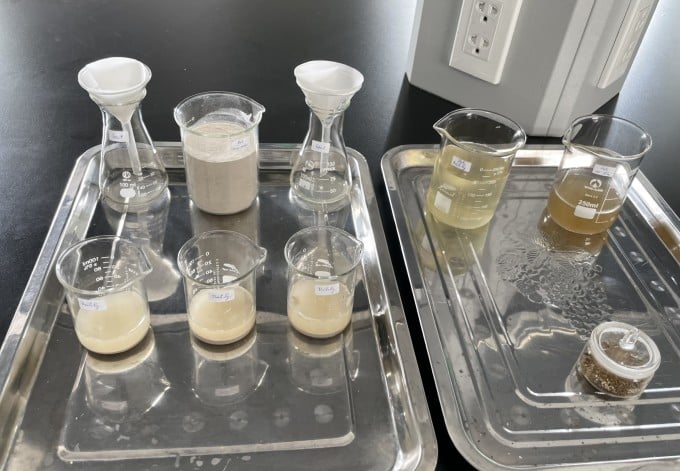
Finished product of cuttlefish bone extract and solid salt in a covered box. Photo: Ha An
Dr. Nguyen Thi Thuy Duong, Lecturer of the Faculty of Food Technology, Ho Chi Minh City University of Food Industry, assessed that this is a very potential research direction, consistent with the trend of using reduced sodium salts that domestic and foreign scientists are implementing. The group has proven that salt from squid bones has a salty taste but the sodium content is lower than that of regular salt.
However, she said the group needs to invest in analyzing many other minerals found in cuttlefish extract as well as their potential effects on human health, not excluding potentially toxic substances, as a basis for a more comprehensive assessment.
"In medical research, cuttlefish bone is considered a medicine that can cure this stomach disease, so the possibility of it being toxic is not high. However, it is necessary to have a scientific evaluation process and test the ingredients from a specialized agency if the product is to be commercialized," said Dr. Duong.
Ha An
Source link





![[Photo] General Secretary To Lam and National Assembly Chairman Tran Thanh Man attend the 80th Anniversary of the Traditional Day of the Vietnamese Inspection Sector](https://vphoto.vietnam.vn/thumb/1200x675/vietnam/resource/IMAGE/2025/11/17/1763356362984_a2-bnd-7940-3561-jpg.webp)





















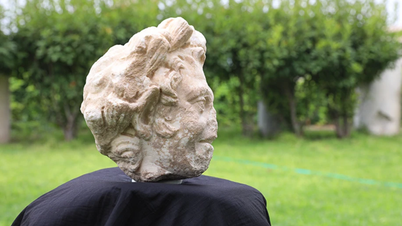

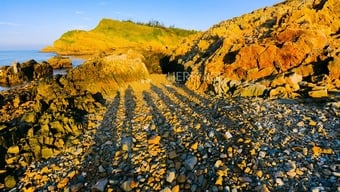








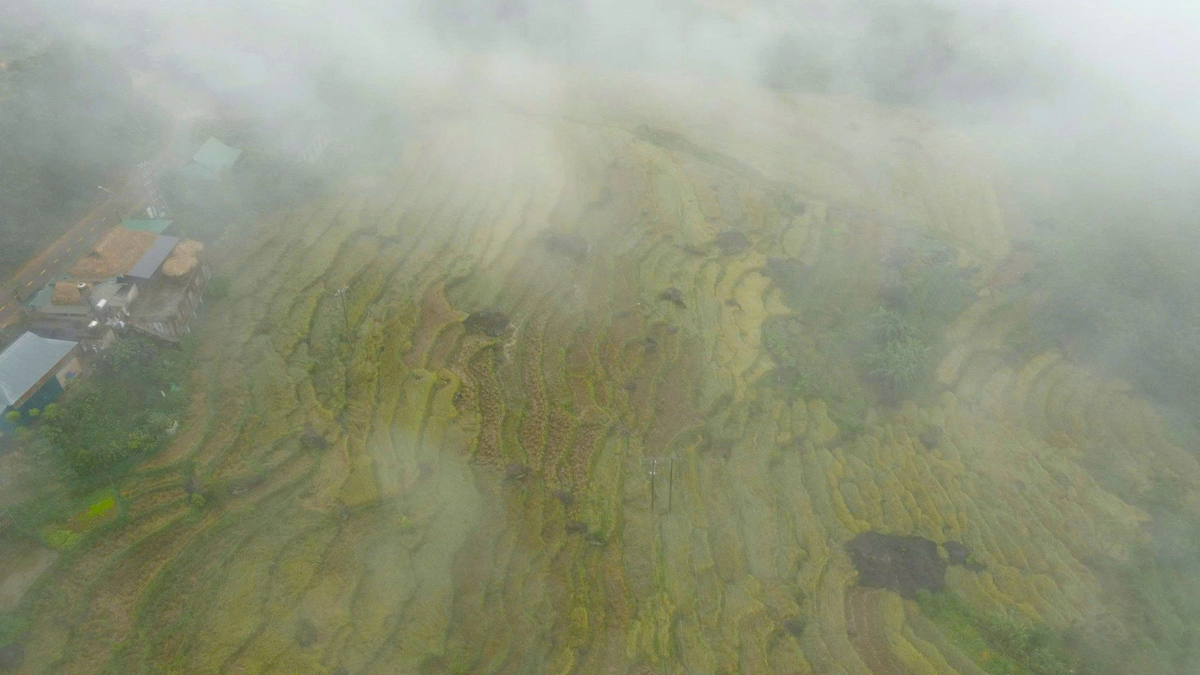

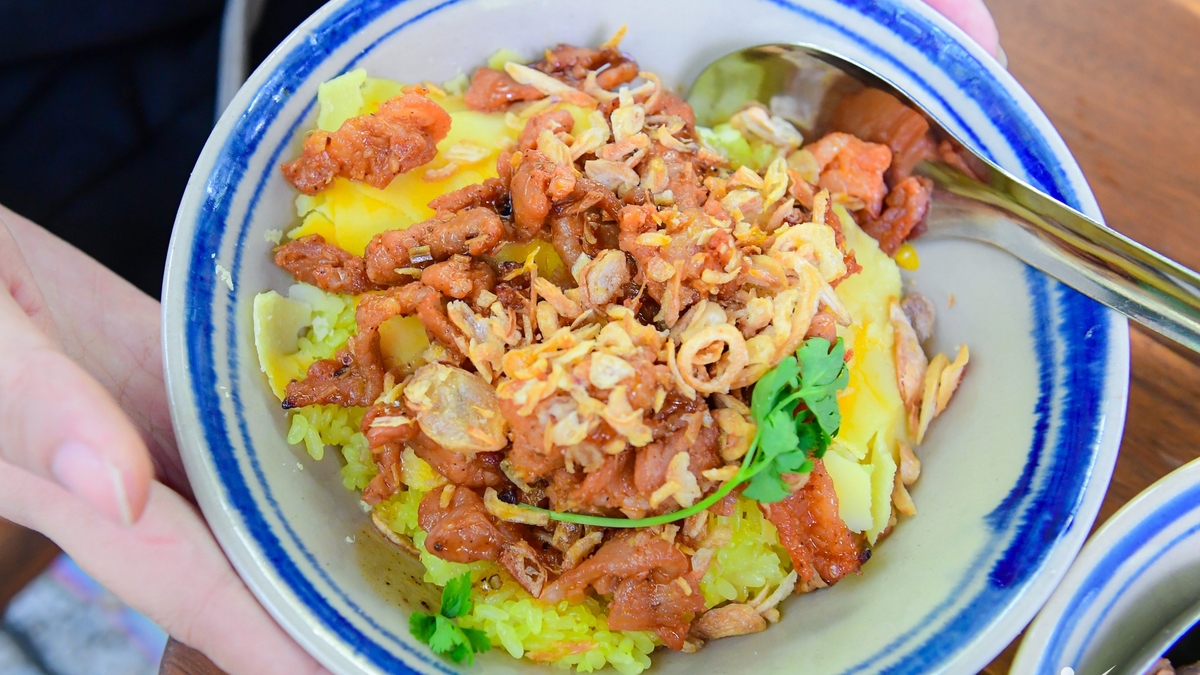











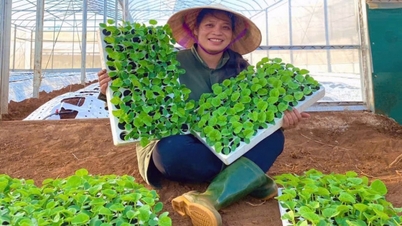

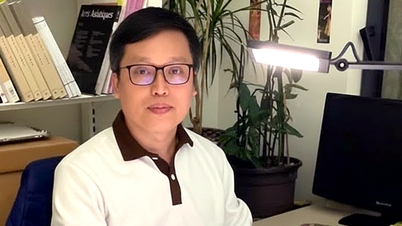









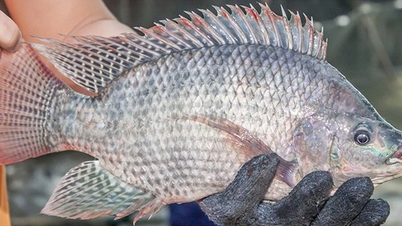



























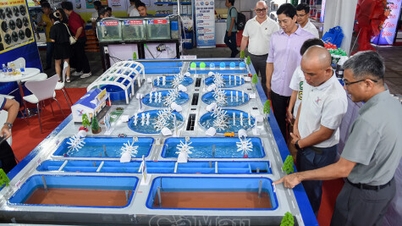









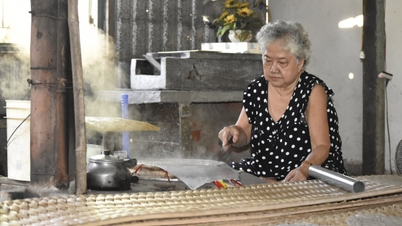


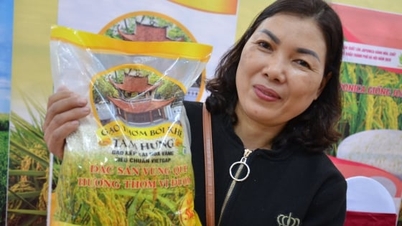

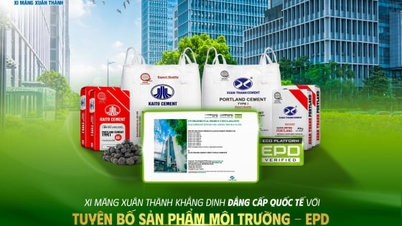






Comment (0)